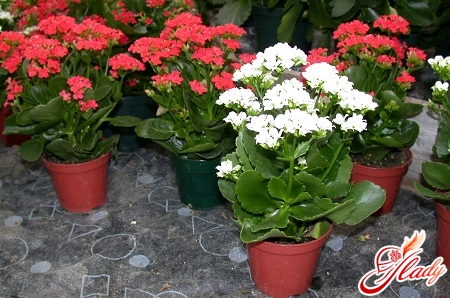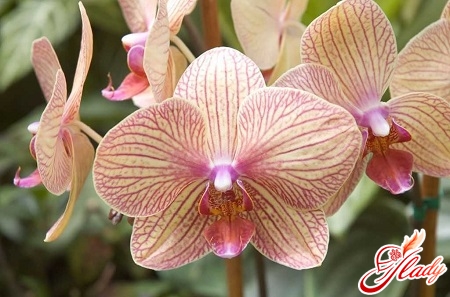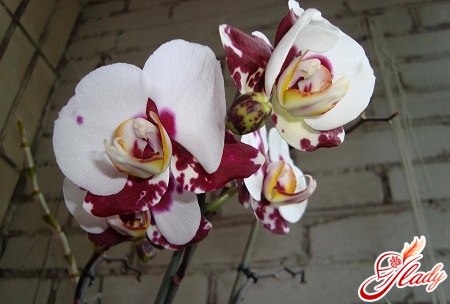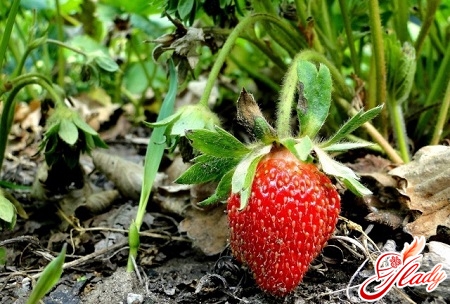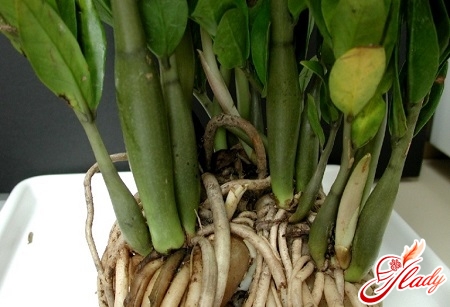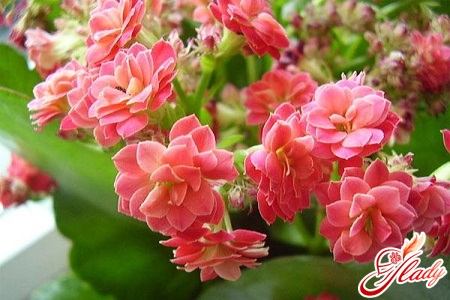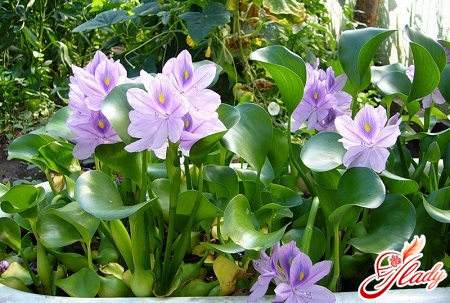 With the appearance of decorative plants in our gardensponds, many gardeners are puzzled by the choice of plants to decorate them. Therefore, along with traditional and familiar green and flowering plantings, water lilies, lilies and hyacinths appear in our gardens, floating in artificial ponds. But, unfortunately, not everyone knows that hyacinths, harmless at first glance, are real aggressors, capable of filling absolutely the entire surface of a pond in a matter of time. Water hyacinth (eichornia) is certainly beautiful and unpretentious, and therefore very popular with domestic gardeners. But in essence, it is an ordinary aquatic weed. Therefore, it must be grown in a special way, skillfully restraining the irrepressible growth of this aggressor. We suggest you find out what kind of plant it is and how to grow it in your ponds.
With the appearance of decorative plants in our gardensponds, many gardeners are puzzled by the choice of plants to decorate them. Therefore, along with traditional and familiar green and flowering plantings, water lilies, lilies and hyacinths appear in our gardens, floating in artificial ponds. But, unfortunately, not everyone knows that hyacinths, harmless at first glance, are real aggressors, capable of filling absolutely the entire surface of a pond in a matter of time. Water hyacinth (eichornia) is certainly beautiful and unpretentious, and therefore very popular with domestic gardeners. But in essence, it is an ordinary aquatic weed. Therefore, it must be grown in a special way, skillfully restraining the irrepressible growth of this aggressor. We suggest you find out what kind of plant it is and how to grow it in your ponds.
reference Information
In natural conditions, water hyacinth grows infresh water bodies of the subtropical and tropical climate zone. The most densely populated area of hyacinth is the Amazon River basin, where the average annual temperature fluctuates between 20-27 degrees Celsius. This plant mainly floats on the surface and only occasionally takes root in the muddy bottom. All the green mass of the hyacinth is on the surface, and its roots are hidden by water. Remarkably, water hyacinth can settle in water bodies of almost any depth. Water hyacinth is a floating plant with large oval leaves that have swellings at the base of the leaf petioles. These air-filled swellings hold the leaves on the surface, acting as floats. Smooth dark green leaves of hyacinth are collected in a basket, and orchid-like flowers bloom for only one day. These are graceful lilac flowers with six petals, one of which is decorated with a bright spot, and the center of the flower is decorated with dark blue tall stamens. After pollination, a fruit with seeds appears in place of the flower, which fall into the water when its level decreases. Once in the water, the seeds grow very quickly, although for their germination good lighting and a temperature of at least 26 degrees Celsius are necessary. In the domestic climate, water hyacinth reproduces vegetatively, releasing new horizontal shoots from leaf baskets. Note that Eichhornia behaves aggressively only in a warm and mild climate, for which it received the name of green plague. But in cool regions, Eichhornia is called water hyacinth, although it has nothing to do with hyacinths as such.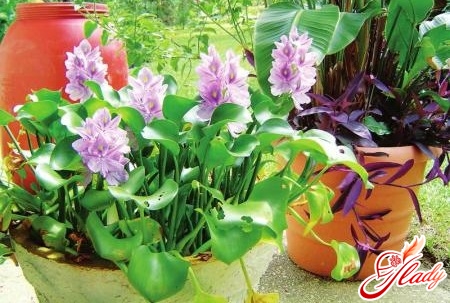
Conditions of maintenance and cultivation
There are no special problems with growing water hyacinth.in summer, no. It is unpretentious and does not require any care. The only thing that is necessary is to restrain the intensive growth of this flower. To do this, remove excess lateral shoots growing from the leaf rosettes. But you need to do this carefully, because the juice of the plant contains substances that irritate human skin. In early autumn, water hyacinth must be prepared for wintering. It is important not to miss the moment when the water temperature drops to 10 degrees. At a lower temperature, water hyacinth can freeze and die. Therefore, when the temperature drops to 10 degrees Celsius, the flower is fished out of the water and moved to containers for wintering. The containers must be filled with water from the pond where the eichhornia grew in the summer. You can take silt from a pond instead of water, but it is best to leave the water hyacinth to winter afloat. Containers with hyacinth should be placed away from central heating batteries and the air around the flower should be constantly humidified. And it is also necessary to ensure that the eichhornia is constantly in water. In addition, the water hyacinth does not tolerate drafts well, so containers with flowers should be placed away from balcony doors and vents. Nevertheless, the water hyacinth should overwinter provided that fresh air reaches the flower. Therefore, it cannot be placed in a terrarium or covered with transparent caps. During the dormant period, the flower must be kept in a daylight period of at least twelve hours. Therefore, with the onset of dusk, the water hyacinth is illuminated with a fluorescent lamp. With insufficient lighting, the eichhornia will begin to lose leaves, although when moved to a summer pond, it quickly recovers. What should never be done is to place the water hyacinth in basements and dark rooms for the winter. In this case, the plant will most likely wither. To prevent the leaves of the wintering eichhornia from rotting, it can be placed on a ring float so that the leaves do not touch the surface of the water, and the roots are completely immersed in water. Some gardeners recommend storing water hyacinth in wet sand. But, as practice shows, eichhornia winters well in a regular aquarium at a temperature of 24-26 degrees Celsius and additional fluorescent lighting. Eichhornia is planted in an open pond in June. If the plants have weakened during the winter, you can add a little superphosphate to the pond. Keep in mind that some varieties of water hyacinth sold in stores do not bloom in cool summers. In general, this flower, if its growth is reasonably restrained, becomes a wonderful decoration for a garden pond. In addition, eichhornia is able to clean reservoirs from organic pollutants. So, with proper care, you will get not only a beautiful and unpretentious plant in your pond, but also a kind of water orderly. Good luck!




